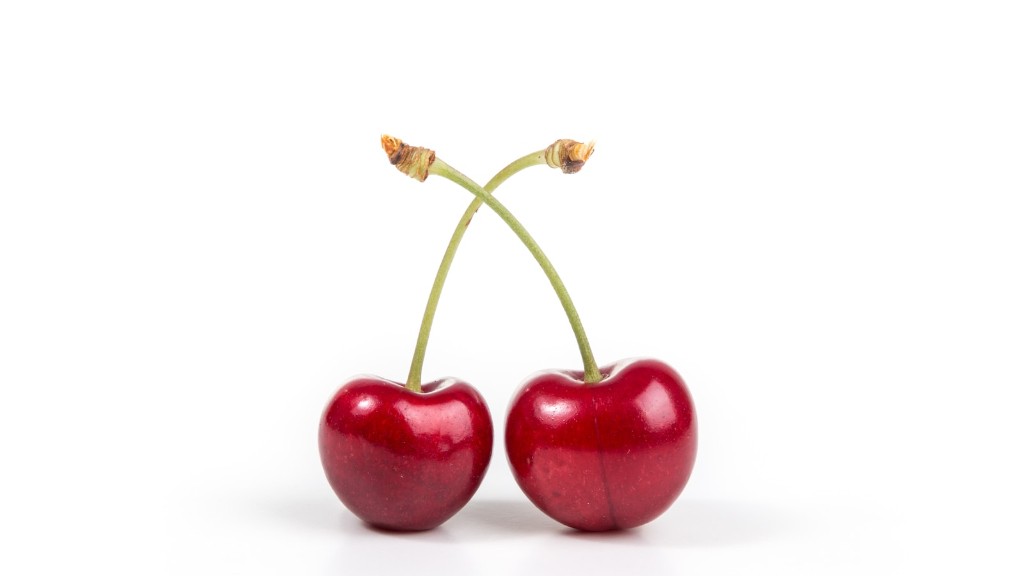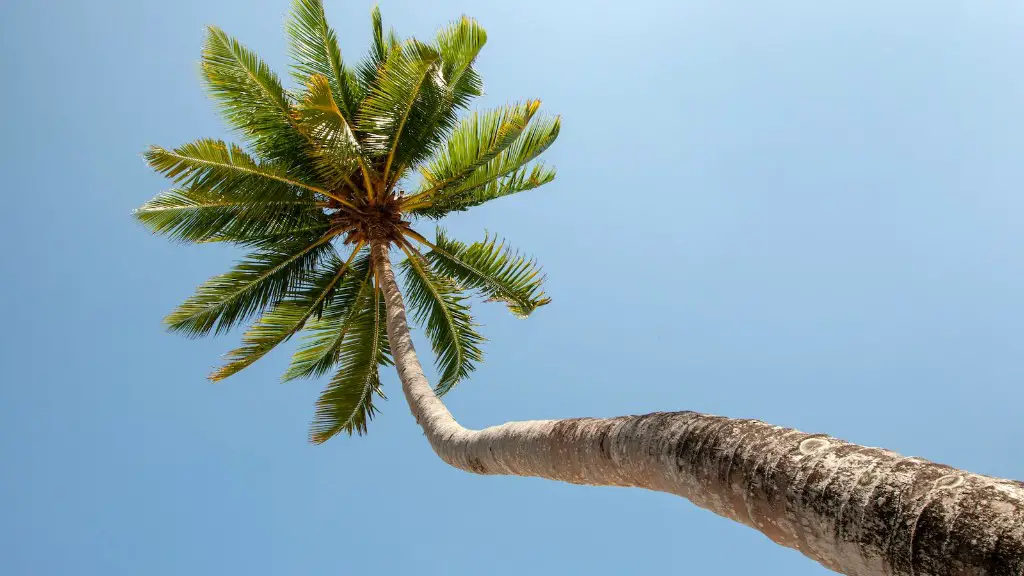Planting a weeping cherry tree is a great way to add life and beauty to your garden. Many homeowners and gardeners know the advantages of creating stunning floral displays around their weeping cherry tree, and this tree is a great choice for its attractive, photogenic foliage and stunning pale pink blooms.
When planting a weeping cherry tree, there are a few considerations to keep in mind that will ensure the best results for your garden. The types of plants you choose to place in the area should be dependent on the sun and water requirements of the tree, as well as the space available. Although weeping cherry trees are relatively easy to maintain, some extra care around their environment can amplify the beauty of your garden.
The first step to plan what to plant around a weeping cherry tree is to determine how much sun it may receive throughout the year. Weeping cherry trees need at least six hours of direct sunlight a day, so the plants should be placed in the area where the sun will first hit in the morning and lastly in the afternoon. If the weeping cherry tree gets less than six hours of direct sunlight, then you should look for plants that can do well in low light.
Climbing vines are very popular plants that are often planted around weeping cherry trees. These plants can provide an extra layer of beauty and can add more coverage and endurance to your overall design. The best vines for this type of tree include flowering vines such as honeysuckle, jasmine, passionflower, clematis, and trumpet creeper. Vines act as a great backdrop for weeping cherry trees, creating a stunning and dramatic effect for your garden.
Planting shrubs around your weeping cherry tree can also provide a fabulous display. Rhododendrons, azaleas, boxwoods, and junipers all make great companion plants, as they complement the shape of the tree, provide color and texture, and require similar soil and light conditions. Other flowering plants, such as daffodils and tulips, are also ideal choices that can bring an additional layer of beauty to your garden.
No matter what plants you decide to use, it’s important to ensure that they are properly spaced out and in separate beds or containers. Weeping cherry trees require a lot of moisture, so it’s important to keep plants that require similar amounts of water nearby. Keeping these plants away from drought-tolerant plants will promote better growing conditions.
When it comes to planting plants around a weeping cherry tree, you need to make sure that sufficient water is available so the trees and plants can get their full supply. Otherwise, the plants and tree may suffer from droughts, which can hinder your project. Watering efficiently should be considered when planting around a weeping cherry tree.
Low Maintenance Plants
There are a lot of plants that you can use for creating a stunning landscape around your weeping cherry tree that doesn’t require a lot of maintenance. Consider planting evergreens such as hemlock, spruce, or fir, as they are low-maintenance and will not require a lot of pruning and trimming. The addition of evergreens to your garden will add year-round interest and color while helping to keep the area shady and cool.
If you’d like to add some flowering plants to your garden but don’t want to commit to much maintenance, consider some low maintenance groundcovers that won’t require too much attention. There are a few perennials that will work great as a groundcover and help to keep the area around the weeping cherry tree neat and tidy. Some of the best low-maintenance plants for this type of landscape include creeping phlox, ajuga, and heuchera.
If you’re looking for an evergreen shrub, dwarf boxwood varieties are a great option. These low-maintenace shrubs will help to create boundaries and form a neat edge while providing a dense, compact growth habit that won’t require a lot of pruning or trimming.
Incorporating drought tolerant plants is another way to reduce the amount of maintenance required. Drought tolerant plants, such as succulents, sun-loving perennials, and ornamental grasses, are ideal for areas that receive very little water because they have adapted to survive in such conditions. These plants help reduce water usage and also add a modern element to your garden.
Mulching & Pruning
One last thing to keep in mind is mulching and pruning. Mulch helps to keep the soil moist around the roots of the weeping cherry tree, and it also helps to deter weeds. Pruning is also important, as it can help shape the tree and encourage new growth. Be sure to prune the tree in late winter after the blooms have died.
Weeping cherry trees are relatively low-maintenance plants, but they do require some attention and care. If you want to ensure that your tree and the plants growing around it thrive, you must ensure the plants are planted correctly, and that you provide enough water and mulch to keep the area around the tree healthy.
The plants you choose to grow around a weeping cherry tree should be based on your location and the specific requirements of the plants and tree. When it comes to choosing plants, remember to consider the sunlight, water requirements, and available space, and choose plants that will work best for the conditions for the best result.
Using Native Plants
Using native plants for the area surrounding your weeping cherry tree is beneficial for a number of reasons. Native plants are adapted to the climate in your area and can survive without much additional care. They are also better for the environment, as they help support local wildlife and ecosystems.
Native plants can also enrich the look of your garden and help to create a stunning layout. Consider planting species like dogwood, witchhazel, serviceberry, and native viburnum. If you want to add some color to the garden, consider some colorful wildflowers and native grasses, which can add a unique touch to your landscape.
Native plants are also a great way to attract birds, butterflies, and other pollinators to your garden. For example, cardinal flower and bee balm are great choices for attracting birds, and coneflower, butterfly weed, and purple coneflower are great for attracting butterflies and other pollinators to the area.
When planting native plants around your weeping cherry tree, make sure you choose plants that are suited for the area. Do some research on the exact conditions and requirements of the plants, and make sure you are allowing for plenty of space between them and the tree.
Additional Considerations
When selecting plants for your weeping cherry tree, make sure you pay attention to any special considerations for the type of tree you have. Some trees require more pruning than others, so you should make sure you select plants that will work well after any potential pruning.
In addition, some weeping cherry trees are very sensitive to pests, diseases, and fungus, so you will want to look for plants that don’t attract these types of pests. The best way to do this is to research the plants you are interested in and see what potential damage they can cause.
When it comes to selecting plants to grow around a weeping cherry tree, you have a lot of options and possibilities. Take into consideration the types of plants that will work best for the conditions and the tree, and you’ll be sure to have a stunning landscape in no time.





